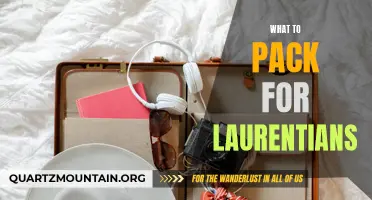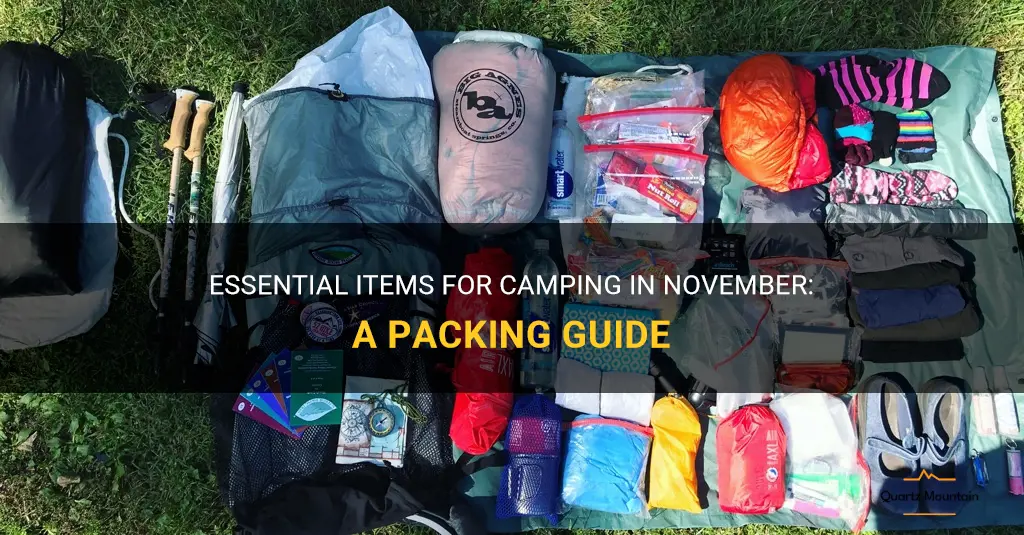
As the leaves start to change and the crisp fall air settles in, there's no better time to embark on a camping adventure in November. Whether you're planning a cozy getaway in the mountains or an exhilarating trip near the coast, being prepared with the essential items is crucial. In this packing guide, we'll explore the must-have gear and supplies for a memorable and comfortable camping experience in November. From warm layers and durable tents to delicious campfire meals, we've got you covered for your autumn outdoor escape. So grab your sleeping bag, gather around the fire, and let's dive into the essentials for camping in November.
| Characteristics | Values |
|---|---|
| Clothing | Warm layers, waterproof jacket, hats, gloves, and extra socks |
| Sleeping Gear | Warm sleeping bag, sleeping pad or mattress, and a pillow |
| Shelter | Tent, groundsheet, and tent stakes |
| Cooking Equipment | Stove with fuel, pots and pans, utensils, plates, cups, and a cooler |
| Food and Water | Non-perishable food, snacks, water bottles, water purification system |
| First Aid Kit | Band-aids, antiseptic, pain relievers, insect repellent, sunscreen |
| Lighting | Flashlights, lanterns, headlamps, and extra batteries |
| Tools and Equipment | Pocket knife, multi-tool, duct tape, rope, and a camping chair |
| Personal Items | Toiletries, towels, toilet paper, hand sanitizer, and a trash bag |
| Recreation | Hiking boots, backpack, maps, compass, binoculars, and a camera |
What You'll Learn
- What are the essential clothing items to pack for a November camping trip?
- How should I prepare for varying weather conditions while camping in November?
- Are there any specific camping gear or equipment recommendations for November camping?
- What types of food should I pack for a November camping trip?
- Are there any safety precautions or additional items to consider when packing for November camping?

What are the essential clothing items to pack for a November camping trip?
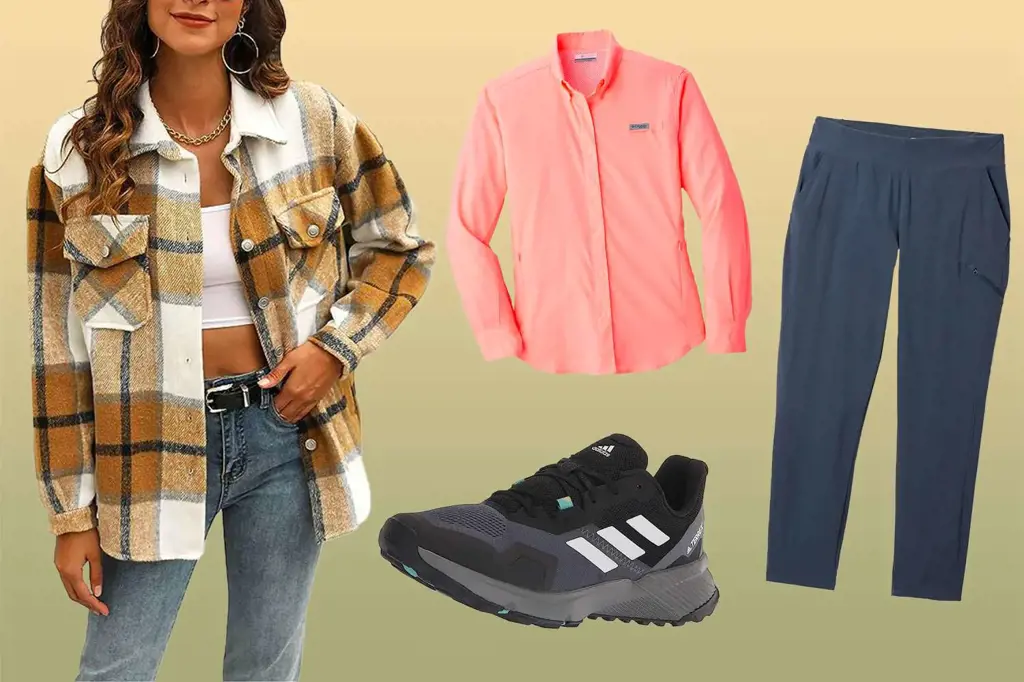
When planning a camping trip in November, it's important to pack the right clothing to keep you warm and comfortable. As the temperatures begin to drop, it's crucial to dress in layers and choose clothing made from warm, insulating materials. Here are some essential clothing items to pack for a November camping trip:
- Base Layer: Start with a thermal base layer made from materials such as merino wool or synthetic fibers. These base layers are designed to wick away moisture from your body and retain heat, keeping you warm and dry. Choose a long-sleeve top and bottoms for maximum coverage.
- Insulating Layer: Next, add an insulating layer to trap the warmth generated by your body. This could be a fleece or down jacket, which provides excellent insulation without adding too much bulk. Opt for a jacket with a high collar or a hood to keep your neck and head warm.
- Pants: Pack a pair of sturdy and comfortable pants made from a water-resistant material. This will protect you from wet weather conditions and provide an extra layer of insulation for your legs. Consider pants with added features such as reinforced knees or zip-off legs for versatility.
- Outer Shell: Bring a waterproof and breathable jacket to protect against rain, snow, and wind. Look for one with sealed seams and adjustable cuffs and hems to keep moisture out. Additionally, choose a jacket with a hood and a high collar for added protection.
- Accessories: Don't forget to pack essential accessories such as warm socks, gloves, and a hat or beanie. Opt for wool or synthetic materials that are moisture-wicking and provide adequate insulation.
- Footwear: Invest in a pair of sturdy, waterproof hiking boots to keep your feet dry and warm. Look for boots with good traction and ankle support for added stability on uneven terrain.
- Layering: Layering is crucial for maintaining body heat in cold weather. As the temperature fluctuates throughout the day, you can add or remove layers to regulate your body temperature. This way, you can stay comfortable and avoid overheating or getting too cold.
Remember to pack enough clothing to last for the duration of your camping trip, including extra layers in case of unexpected weather changes. It's always better to be over-prepared than underprepared when it comes to camping in November.
Ultimately, the key to staying warm during a November camping trip is to dress in layers, choose clothing made from insulating materials, and bring waterproof outerwear. By following these guidelines and packing the essential clothing items mentioned above, you'll be well-prepared to enjoy a comfortable and cozy camping experience even in chilly autumn weather.
The Essential Packing List for a Week in Southern Utah
You may want to see also

How should I prepare for varying weather conditions while camping in November?
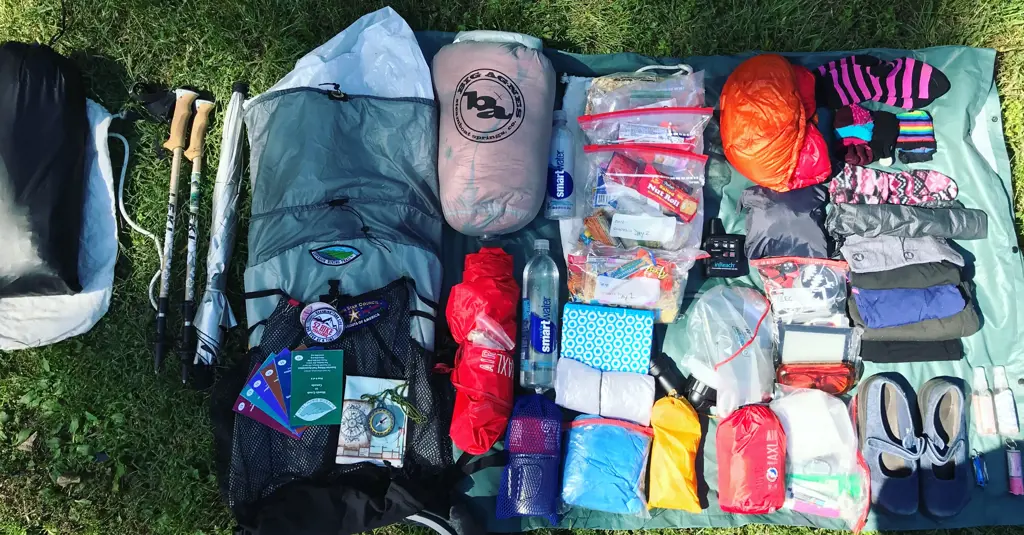
Camping in November can be a great way to enjoy the beauty of nature before the winter season sets in. However, it is important to be prepared for varying weather conditions that can occur during this time of the year. Here are some tips on how to prepare for different weather conditions while camping in November.
- Research the location: Before heading out, research the weather patterns of the specific area where you will be camping. This will give you an idea of what to expect and help you prepare accordingly. Websites like the National Weather Service can provide accurate and up-to-date forecasts for your camping destination.
- Dress in layers: Layering your clothing is essential for camping in November. Mornings and evenings can be chilly, while afternoons can be warmer. Start with a base layer of moisture-wicking fabric, followed by a insulating layer, and top it off with a waterproof and windproof outer layer. This will allow you to add or remove layers as needed to stay comfortable throughout the day.
- Prepare for rain: November is known for its unpredictable weather, including rain showers. Make sure to bring a high-quality waterproof tent and a rainfly to keep you dry at night. Pack waterproof jackets, pants, and boots to stay dry while exploring the campground. It is also a good idea to pack extra tarps or a waterproof groundsheet to cover the area around your tent and create a dry space for cooking or relaxing outside.
- Stay warm at night: Nights can be cold in November, so it is important to have proper gear to stay warm while sleeping. Invest in a high-quality sleeping bag with a temperature rating suitable for the expected weather conditions. You can also use a sleeping pad or an insulated air mattress to add an extra layer of insulation between you and the cold ground. Wear warm socks, a hat, and even thermal underwear to trap body heat.
- Be prepared for wind: November can also bring strong winds, especially in open areas. Choose a campsite that is sheltered from the wind and set up your tent accordingly. Use stakes and guylines to secure your tent and prevent it from getting blown away. Pack windproof accessories like windbreakers, hats, and gloves to protect yourself from chilling winds.
- Bring the right footwear: Depending on the terrain of your camping destination, it is important to bring appropriate footwear. If you will be hiking on muddy or wet trails, choose waterproof boots with good traction. If you anticipate snowy conditions, consider bringing insulated and waterproof boots. It is also a good idea to pack extra socks to keep your feet dry and warm.
- Check for fire restrictions: November is a time when some areas might have fire restrictions due to dry conditions. Before your trip, check if there are any bans on campfires and plan accordingly. If campfires are allowed, be mindful of fire safety and extinguish the fire completely before leaving your campsite.
By following these tips, you can ensure a comfortable and enjoyable camping experience in November, regardless of the weather conditions. Always remember to check the weather forecast before your trip and make any necessary adjustments to your camping gear and plans. With the right preparation, you can make the most of your outdoor adventure.
Essential Items to Pack for New York City During the Rainy Season
You may want to see also

Are there any specific camping gear or equipment recommendations for November camping?
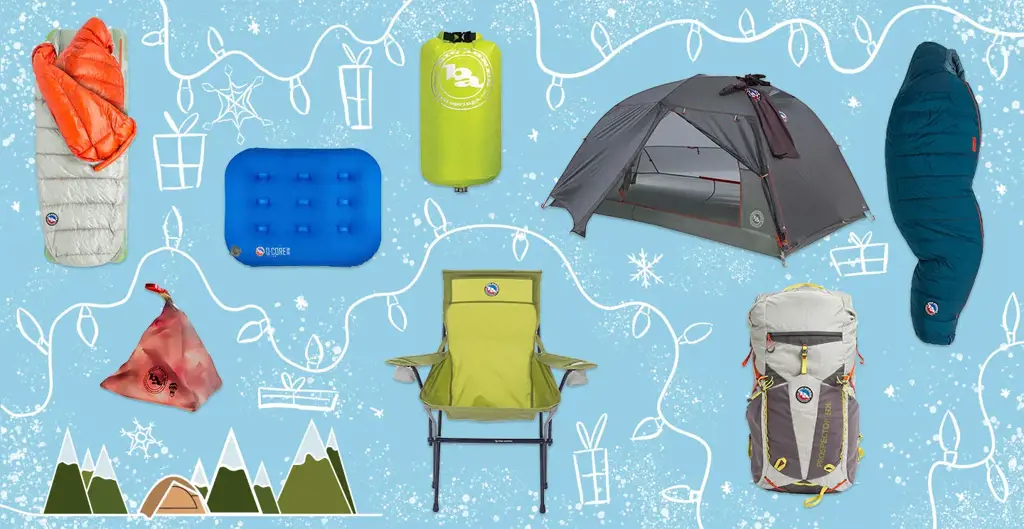
Camping in November can be a wonderful experience, with cool crisp air, stunning fall foliage, and fewer crowds. However, it's important to be prepared with the right gear and equipment to ensure a comfortable and enjoyable camping trip.
- Layered Clothing: In November, the weather can fluctuate between warm and chilly temperatures. It's important to pack layered clothing to accommodate these changes. Start with a moisture-wicking base layer to keep sweat away from your skin. Next, add a warm insulating layer such as fleece or down, and top it off with a waterproof and wind-resistant outer layer.
- Warm Sleeping Bag: As the nights get colder, a warm sleeping bag becomes essential. Look for a sleeping bag with a temperature rating that is appropriate for the expected nighttime temperatures. Additionally, consider using a sleeping bag liner or a thermal blanket for extra warmth.
- Insulated Sleeping Pad: A good quality sleeping pad is essential for insulation from the cold ground. Look for a pad with an R-value (insulation factor) of at least 3 or higher. This will provide adequate insulation and protect you from the chilly ground.
- Tent with Rainfly: November weather can be unpredictable, so it's crucial to have a reliable tent with a rainfly. The rainfly will protect you from rain and provide an additional layer of insulation. Look for a tent with a waterproof rating of at least 1500mm to ensure it can withstand heavy rain.
- Cooking Stove and Fuel: It's important to have a reliable cooking stove and enough fuel to prepare hot meals and drinks. Consider a lightweight camping stove that is easy to set up and provides a stable flame. Also, make sure to bring enough fuel to last for the duration of your trip.
- Headlamp with Extra Batteries: With shorter daylight hours in November, a headlamp is essential for navigating your campsite and performing tasks after dark. Make sure to pack extra batteries to avoid being left in the dark.
- Warm and Waterproof Footwear: When camping in colder temperatures, it's important to keep your feet warm and dry. Pack waterproof hiking boots or shoes that provide insulation and good traction. Additionally, bring warm wool socks to keep your feet cozy.
- Hand and Toe Warmers: Hand and toe warmers can provide additional warmth during chilly nights. These small disposable packets can be placed in your gloves, boots, or sleeping bag to keep extremities warm.
- Thermos or Insulated Mug: A thermos or insulated mug is essential for keeping hot drinks such as coffee, tea, or hot chocolate warm throughout the day. This can be a comforting treat during chilly November mornings and evenings.
- Emergency Kit: Lastly, always carry an emergency kit with you when camping. This should include a first aid kit, emergency shelter, compass, map, and a whistle. November weather can be unpredictable, so it's better to be prepared for any unforeseen circumstances.
By packing the right gear and equipment, you can have a comfortable and enjoyable camping trip in November. Remember to check the weather forecast before you go and make any necessary adjustments to your gear list. Happy camping!
Essential Packing Guide for a Memorable Trip to Galveston
You may want to see also

What types of food should I pack for a November camping trip?
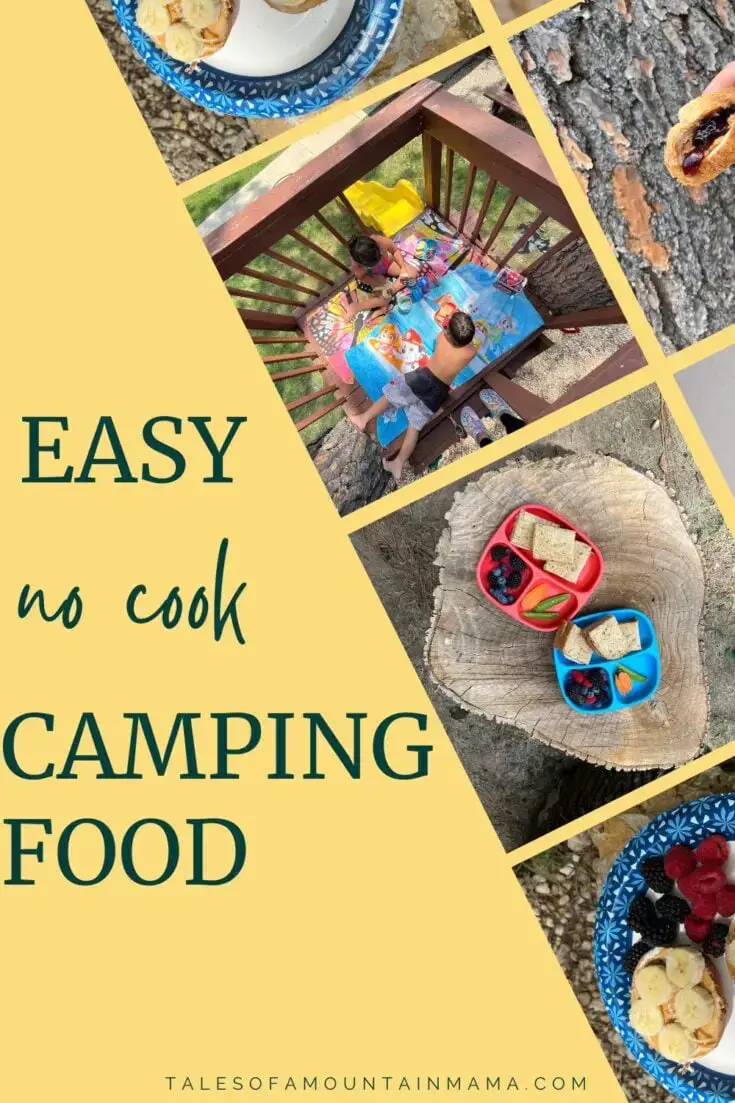
As the weather starts to cool down in November, camping trips become more popular. Camping during this time of year can provide stunning fall foliage and fewer crowds. However, it also requires some extra preparation, especially when it comes to food. Packing the right types of food for a November camping trip is essential to ensure you have a nourishing and enjoyable experience in the great outdoors. Here are some tips on what types of food to pack for your November camping trip.
- High-energy snacks: As the temperature drops, our bodies naturally burn more calories to stay warm. Therefore, it's important to pack high-energy snacks to keep yourself fueled throughout the day. Nuts, dried fruits, energy bars, and beef jerky are excellent options as they provide a good mix of protein, healthy fats, and carbohydrates.
- Warm beverages: November camping trips often involve chilly mornings and evenings. Packing warm beverages like hot chocolate, coffee, or tea is a great way to warm up and boost your spirits. Consider using insulated containers to keep your beverages hot for longer periods.
- Hearty meals: Since November weather can be unpredictable, it's advisable to pack hearty meals that can be easily prepared and cooked on a camp stove or over a fire. Some meal ideas include chili, stew, pasta dishes, and foil packet meals with a mix of protein, vegetables, and carbohydrates. These meals will provide warmth, comfort, and essential nutrients after a day of outdoor activities.
- Fresh produce: While it may be tempting to rely solely on packaged and non-perishable foods, incorporating fresh produce into your November camping menu is crucial for a balanced diet. Choose fruits and vegetables that have a longer shelf life, such as apples, oranges, carrots, and hardy greens like kale or cabbage. These will provide important vitamins, minerals, and fiber to keep your immune system strong during your camping trip.
- S'mores and sweet treats: No camping trip would be complete without indulging in some traditional campfire treats. Pack marshmallows, graham crackers, and chocolate bars for classic s'mores. Additionally, consider bringing along some other sweet treats like cookies or trail mix with chocolate for a well-deserved dessert after a day of outdoor adventures.
- Hydration: Staying hydrated is essential regardless of the time of year. Pack plenty of water or bring a water filter to ensure access to clean drinking water. If you prefer flavored beverages, you can also pack powdered drink mixes or natural fruit-infused water for a refreshing and hydrating experience.
Remember to pack your food in durable containers to protect it from the elements and wildlife. Keep in mind any dietary restrictions or allergies when planning your meals and snacks. It's also a good practice to bring extra food in case of any unforeseen circumstances or emergencies.
In summary, packing the right types of food for a November camping trip is essential for staying nourished, energized, and comfortable throughout your outdoor adventure. By including high-energy snacks, warm beverages, hearty meals, fresh produce, campfire treats, and ensuring proper hydration, you'll be well-prepared for a successful camping trip. Enjoy the fall colors, crisp air, and delicious meals while connecting with nature during your November camping experience.
What to Pack for a January Trip to Park City
You may want to see also

Are there any safety precautions or additional items to consider when packing for November camping?
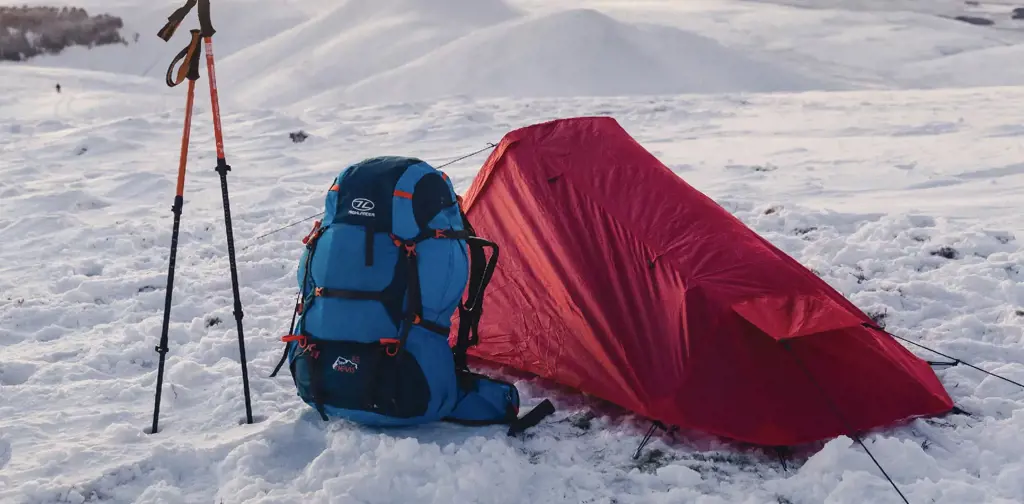
November camping can be a wonderful experience, with the crisp air, changing foliage, and fewer crowds. However, it's important to take some extra precautions and pack accordingly to ensure a safe and enjoyable camping trip.
One of the main safety concerns for November camping is the colder weather. Temperatures can drop quite low during this time of year, especially during the night. Therefore, it's essential to pack warm clothing and gear to stay comfortable and protect yourself from hypothermia. Here are some key items to consider:
- Layered clothing: Pack multiple layers of clothing, including thermal underwear, insulating fleece or wool sweaters, and a waterproof outer shell. Layering allows you to adjust your clothing according to changing temperatures throughout the day.
- Warm sleeping bag: Invest in a high-quality sleeping bag with a lower temperature rating to keep you warm during the cold nights. Look for a bag rated for temperatures lower than what you expect to encounter.
- Sleeping pad or insulation: A sleeping pad is not only for comfort but can also provide insulation between your body and the cold ground. This extra layer can make a significant difference in keeping you warm at night.
- Hats, gloves, and socks: Don't forget to pack warm accessories like hats, gloves, and thick wool socks. These items can help prevent heat loss from your extremities.
In addition to packing warm clothing and gear, there are a few other safety precautions to keep in mind:
- Check the weather forecast: Before heading out, check the weather forecast for the area where you'll be camping. This can help you plan and pack accordingly, and it's also essential for monitoring any potential storms or extreme weather conditions.
- Bring extra food and water: November camping often means fewer facilities and longer distances between resources. Pack enough food and water to sustain yourself for the duration of your trip, along with some extra for emergencies.
- Have a reliable light source: The daylight hours are shorter in November, so it's crucial to have a reliable light source for navigation and setting up camp. Pack extra batteries or consider a solar-powered light source to ensure you won't be left in the dark.
- Be mindful of fire safety: Campfires can provide warmth and comfort during chilly evenings, but it's important to follow proper fire safety protocols. Check if there are any fire bans in the area you'll be camping and make sure to bring a fire extinguisher or water source to extinguish the fire fully.
- Inform others of your plans: Before heading out, let someone know your camping plans, including your expected arrival and departure times. Provide them with a map of your planned route and any contact numbers in case of an emergency.
By taking these safety precautions and packing the necessary gear, you can have a safe and memorable camping experience in November. Remember to always be prepared and mindful of the changing weather conditions to ensure a fun and enjoyable outdoor adventure.
Essential Items to Include on Your Cruise Packing List
You may want to see also
Frequently asked questions
For a November camping trip, it is important to pack warm and layered clothing. This includes items such as thermal underwear, thick socks, long-sleeved shirts, sweaters or fleeces, and a waterproof jacket. Don't forget to pack hats, gloves, and scarves for extra warmth.
To ensure a comfortable sleep during a November camping trip, it is essential to pack appropriate sleeping gear. This includes a warm and insulated sleeping bag, a sleeping pad or air mattress to insulate you from the cold ground, and a pillow for added comfort. Consider bringing extra blankets for additional warmth during the colder nights.
In addition to clothing and sleeping gear, there are several other essentials to pack for a November camping trip. These include a sturdy tent that can handle colder temperatures, a portable stove or cooking equipment, food and water supplies, a flashlight or headlamp with extra batteries, a first-aid kit, insect repellent, and a camping chair or two for relaxation around the campfire. It is also advisable to bring a backup power source, such as a portable charger, to keep your electronic devices powered in case of emergencies.





